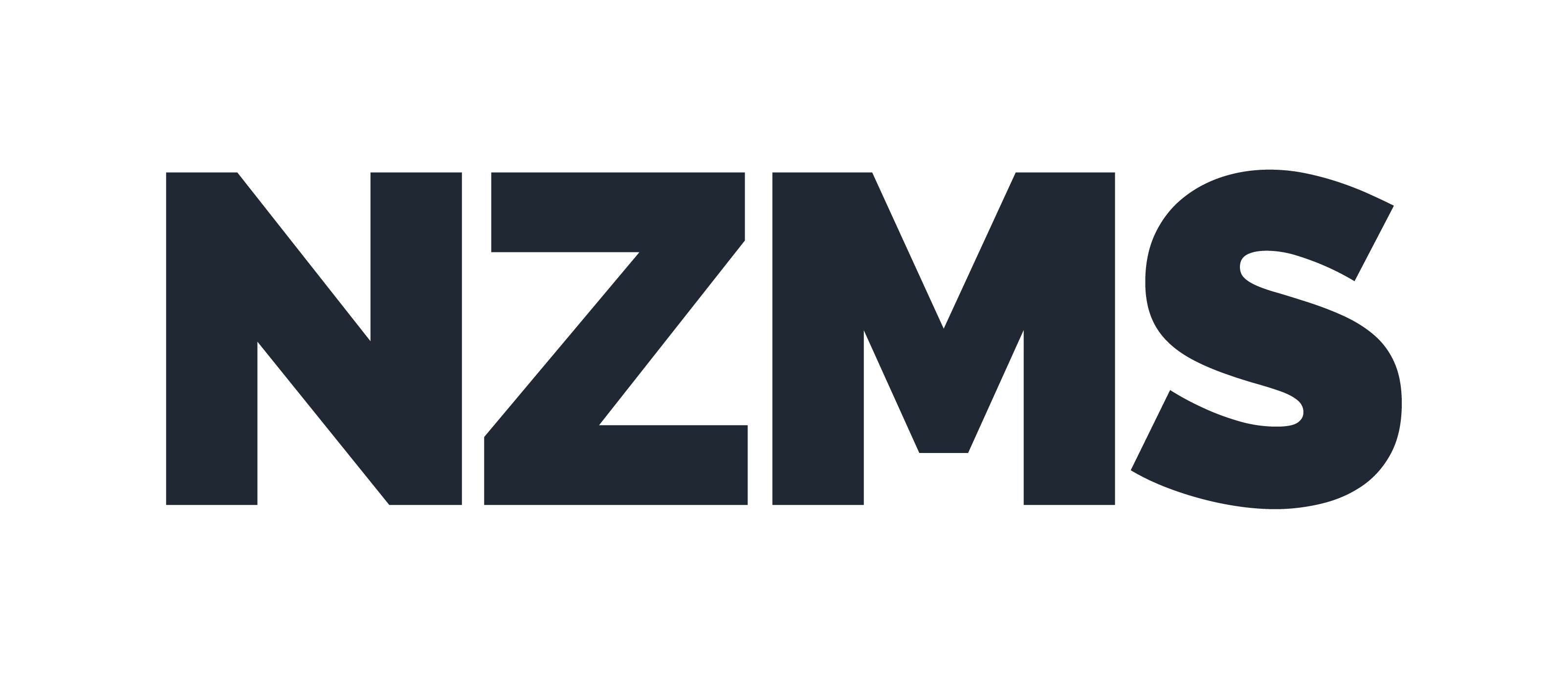NZMS Auckland has recently worked with a large collection of glass plate and film negatives donated to Auckland Libraries in 2015 by The NZ Herald. The approximately 16,000 negatives were found in the original New Zealand Herald offices in Albert Street. Auckland Libraries tasked NZMS with cleaning the plates prior to digitisation as well as transcribing important information from the original boxes and envelopes, digitising the images, and finally rehousing the plates in new archival enclosures.
The project revealed much more than The NZ Herald as the collection included images from other titles including the ‘Auckland Weekly News’. And, while the glass plates were reasonably stable apart from the odd chipped or broken one, the collection also contained very fragile 35mm and acetate film negatives. Acetate negatives are prone to a slow form of chemical destruction called ‘vinegar syndrome’ that causes the film base to shrink and buckle. For more about vinegar syndrome and how to protect your films see our previous entries here.
The cleaning and digitisation of the glass plates required an exceptional standard of care in order to achieve exhibition-quality images. Auckland Libraries Conservator Gabrielle Hillebrandt outlines the cleaning process of glass plates….
Working with glass plates is slow and meticulous. Well-fitted nitrile powder-free gloves must be worn when handling photographic negatives and prints. An air blower is used using air to remove any dust from the emulsion, while the non-emulsion side can be brushed and cleaned using accepted conservation techniques. Some items might have graphite re-touching or manually applied diffusing layers on the glass side, so staff must be sure that what they are cleaning off is actually dirt.
NZMS discovered that the time needed to clean a half-plate was exactly twice as long as the time to clean a quarter-plate. It really did come down to the surface area. Transcribing various hand-written notes onto new enclosures and creating a spreadsheet record could be a challenge depending on the hand-writing, and the team also found the images often followed a series and would joke about finally getting to the end of the aircrafts or ships after several days of particularly concentrated effort. The range of activities required for this project is an example of the complexity of some digitisation projects and also the reward; so much visual and descriptive information has now surfaced! Especially in the world of cultural heritage, digitisation solutions must take into account a variety of objects and formats, and also the end user’s requirements in whatever online destination is intended for the resulting digital files. Digitisation projects need careful thought, good planning and also a degree of flexibility as a project unfolds and NZMS staff enjoy delivering custom, fit-for-purpose, collaborative digitisation solutions that enable clients to uncover and enhance their collections.
This enhancement of digital collections is in increasing demand, with many NZMS clients looking to add further value to their digital image files through metadata (item reference information). Auckland Libraries have included descriptions, subject headings and caption texts to the published images as part of their digital collections and are calling for public participants to add further information on places and people. Enriching digital collections through metadata creates more accessible collections and generates new knowledge and content.
The 16,416 Herald collection images now available on the Auckland Libraries Heritage Images database, reflect the long-term commitment Auckland Libraries continues to make to share New Zealand content. These fascinating images also demonstrate once again, the importance of New Zealand newspapers as cultural heritage and historical research items. NZMS Managing Director Andy Fenton, who has long championed the preservation of and access to New Zealand newspapers, notes:
“Auckland Libraries continue to make it a priority to ensure the content of The NZ Herald remains accessible for future generations in paper, microfilm and digital/online form. They have also spearheaded a charge to ensure smaller publications, including suburban/community papers (free to letterbox and choc-FULL of local history) are preserved on microfilm at least, pending digitisation when rights permit. I’d love to see a coordinated and collaborative approach to a National Newspaper Plan that covers the whole of New Zealand.”
NZMS Auckland celebrated the success of this project with Auckland Libraries and would like to extend their thanks to Auckland Libraries, Lauri Tapsell from The NZ Herald team, and Auckland Library Staff from the Sir George Grey Special Collection, Digital Services and the Preservation Units, for another successful partnership project.
More information can be found on Auckland Libraries’ blog, Heritage et AL, and the digitised images can be viewed on Digital NZ.
